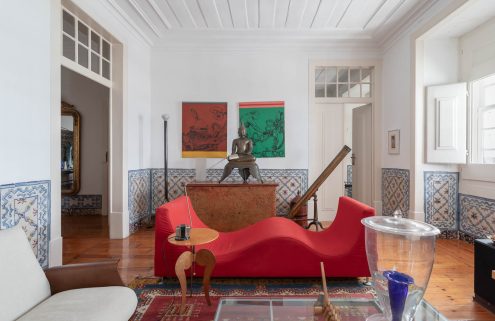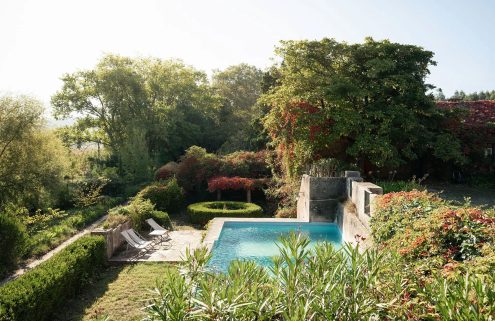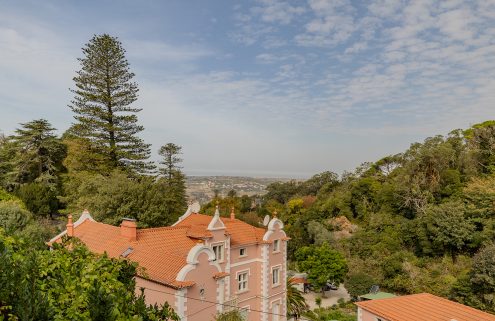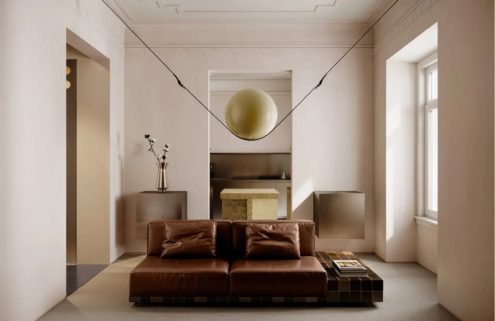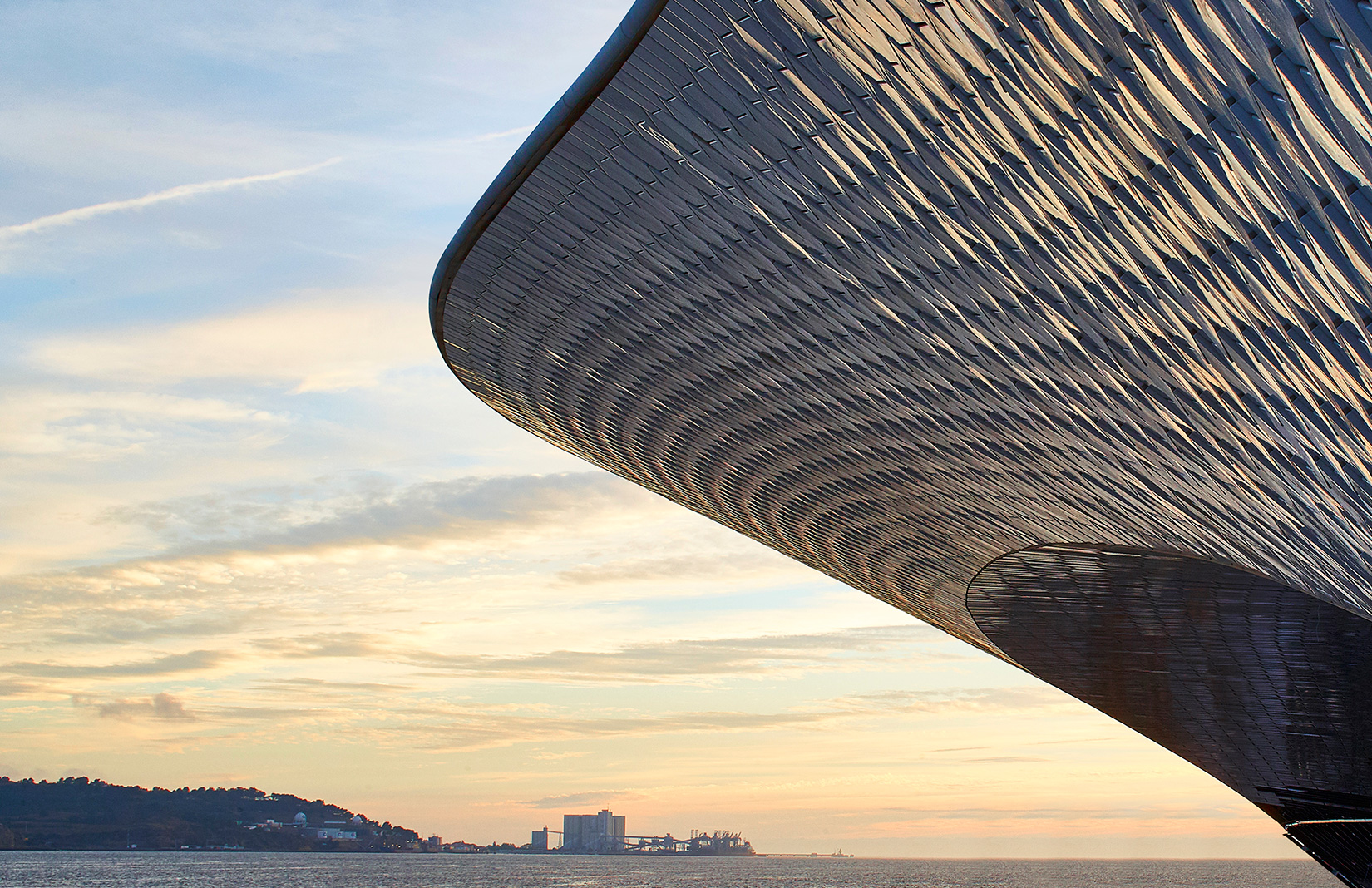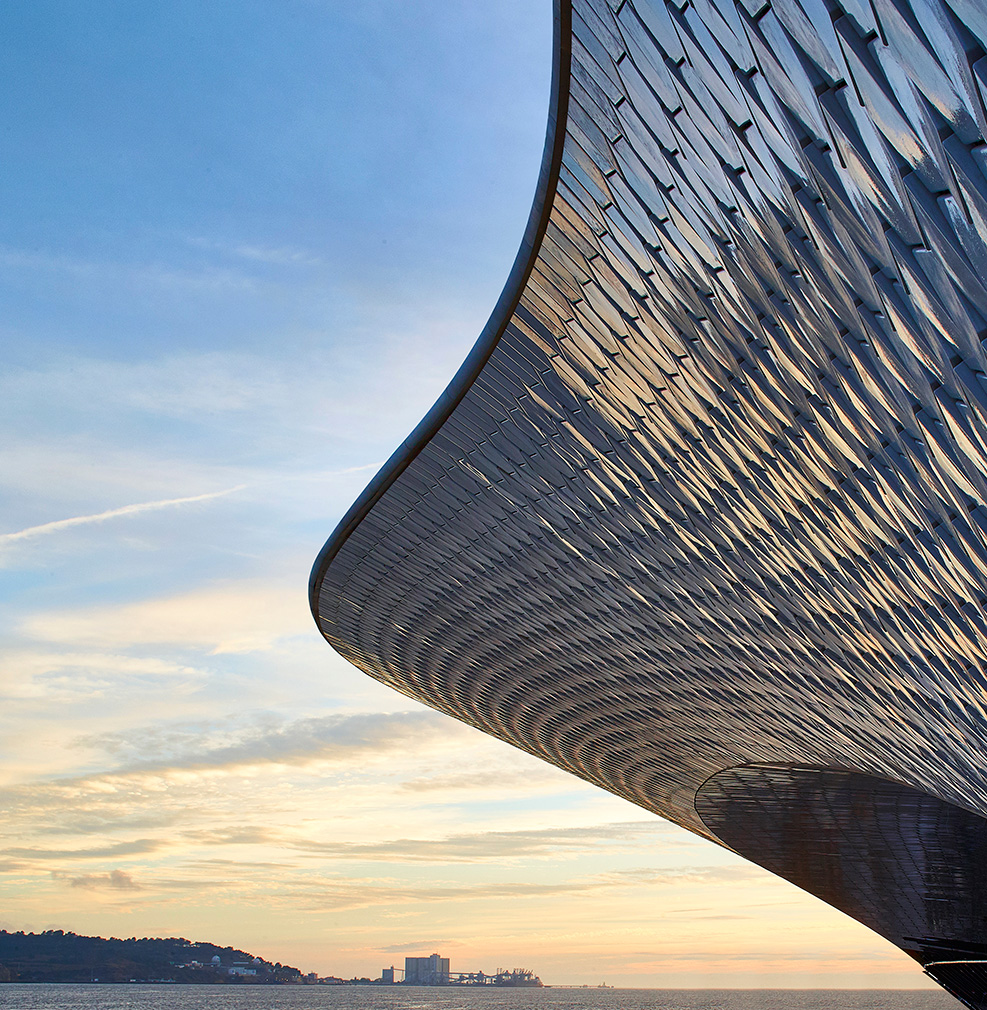
To someone walking along the waterfront in Belém, Amanda Levete Architects’ new museum is unobtrusive to the point of invisible until one is almost upon it. While hardly a quiet design, the museum building hunkers into its landscape, sending out low curves that sparkle at the edges thanks to a façade covered in shimmering, angular tiles.
The light on Lisbon’s Tagus River is extraordinary – though, at certain times of the year, unrelenting – and this structure plays to it. A swooping cantilevered front shelters passers-by from the sun while bouncing light reflected from the water down into the basement gallery. Casting a surprisingly warm glow, the building is not only photogenic, but seems to offer perfect illumination for the face: in other words, selfie heaven.
AL_A’s building forms part of MAAT’s waterfront complex, which includes the restored Central Tejo – a red-brick former power station dating back to the 1900s. In spring it will be expanded via a Philippe Starck-designed restaurant and a park courtesy of Vladimir Djurovic Landscape Architecture.
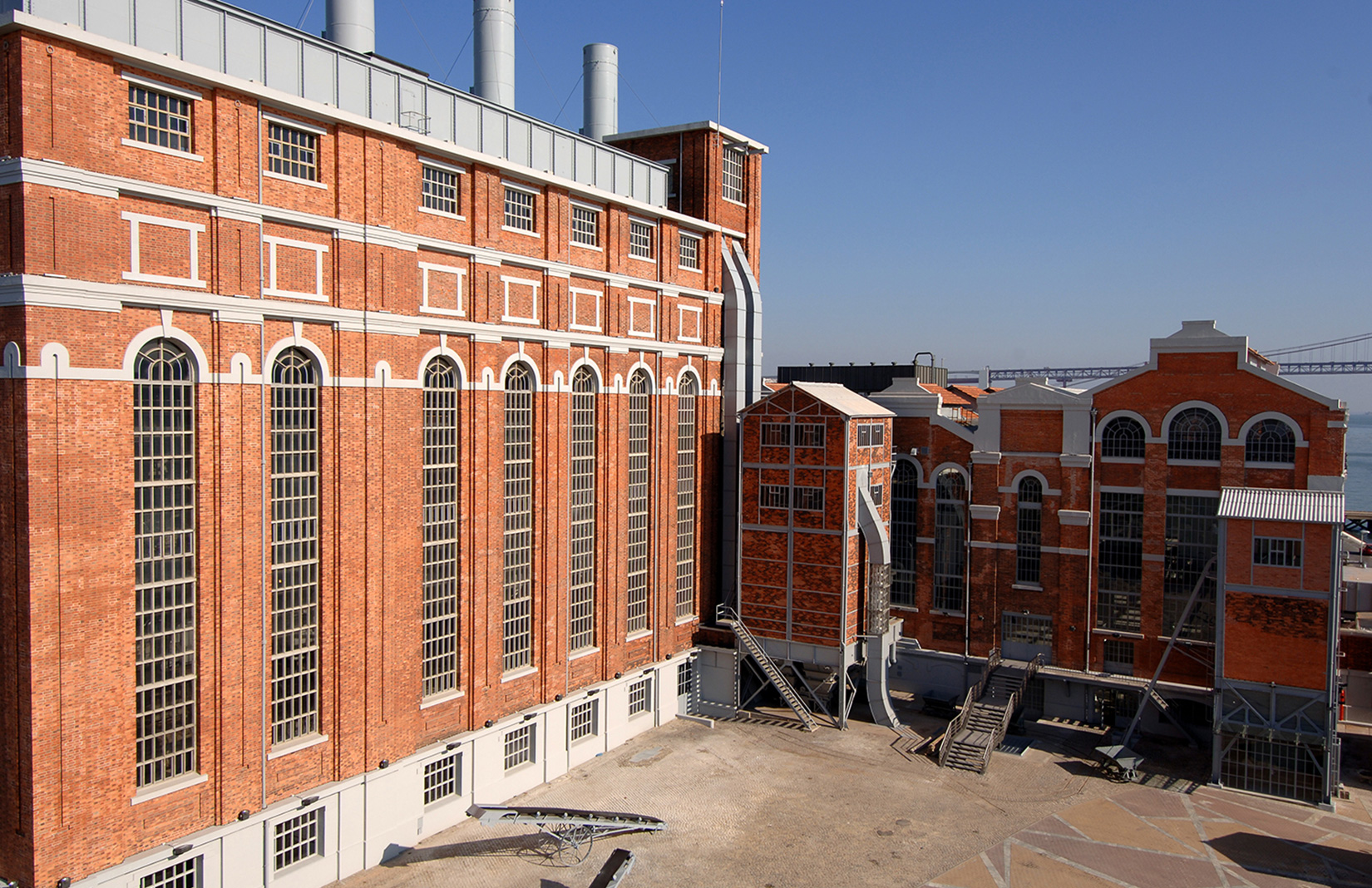
The whole complex is funded by EDP Foundation, set up by the Portuguese energy company under the direction of António Mexia. Speaking at the VIP gala, Levete – whose firm was commissioned for the project directly, without a competition – praised EDP’s engagement with the project. With reference to other cities and other backers, she noted that: ‘as a philanthropic gift to the city of Lisbon it is quite extraordinary – the bar has been set quite high.’
The new kunsthalle houses four of MAAT’s eight exhibition spaces, the largest of which is the 1,000sqm Oval Gallery which fills the entrance hall at the base of a looping ramp. Currently occupied by French artist Dominique Gonzalez-Foerster’s commission Pynchon Park, it is a challenging space to work with. Artistic Director Pedro Gadanho decided early on that the Oval should house commissioned works: ‘You come in from above and see the whole space before you come into it,’ he explains. ‘It takes an artist to understand the demanding aspects of this space.’
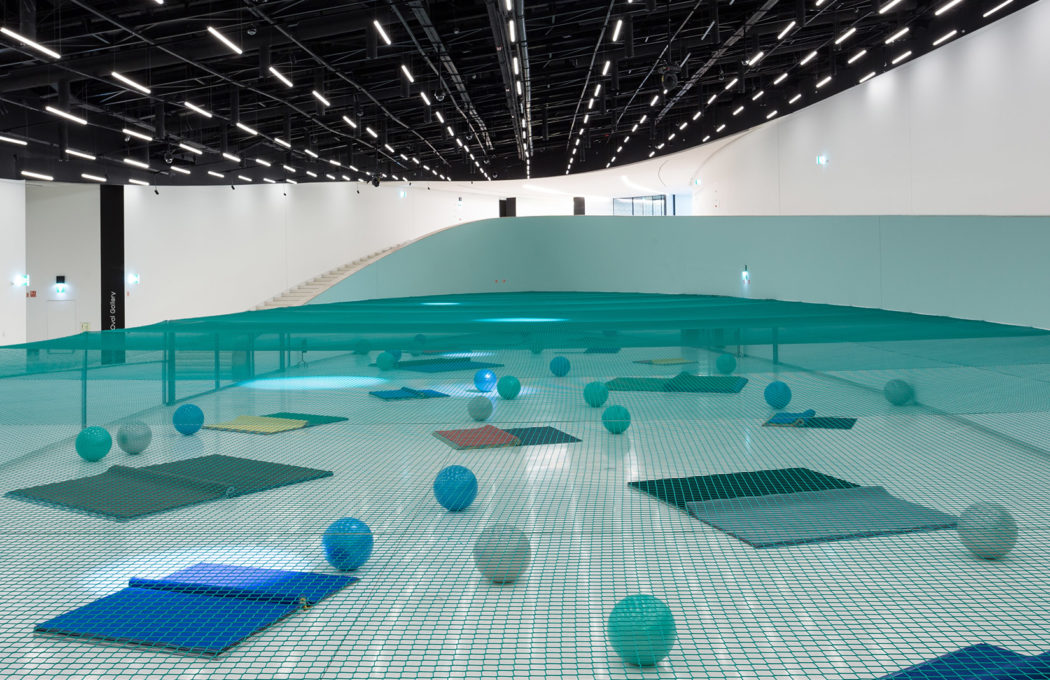
Dominique Gonzalez-Foerster, Pynchon Park, 2016. Photography: Bruno Lopes, courtesy of MAAT
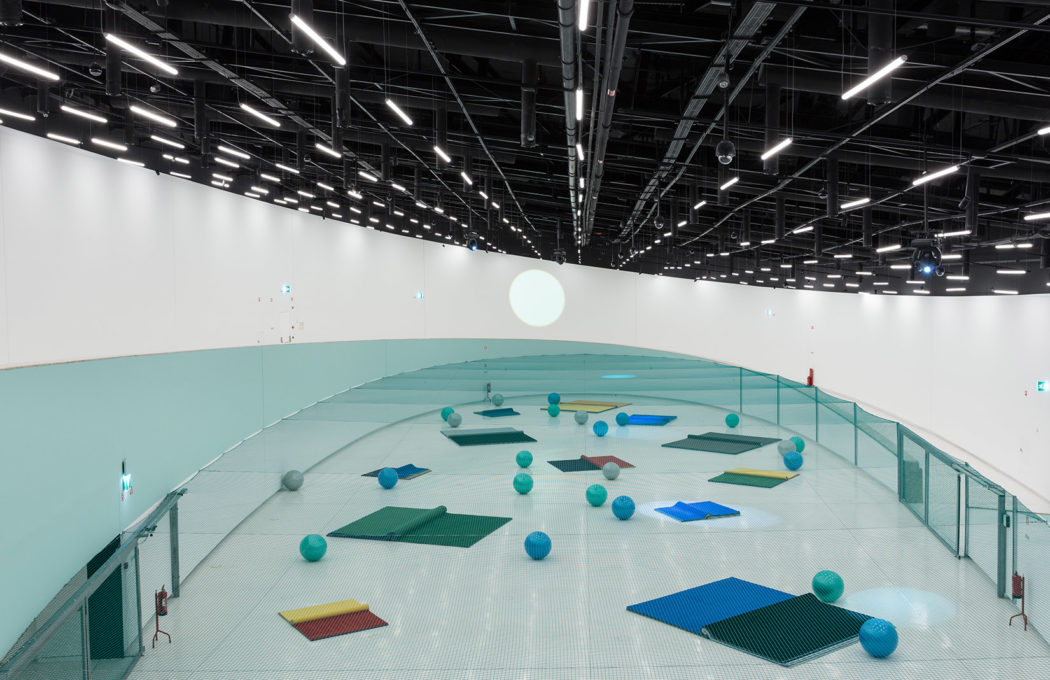
Dominique Gonzalez-Foerster, Pynchon Park, 2016. Photography: Bruno Lopes, courtesy of MAAT
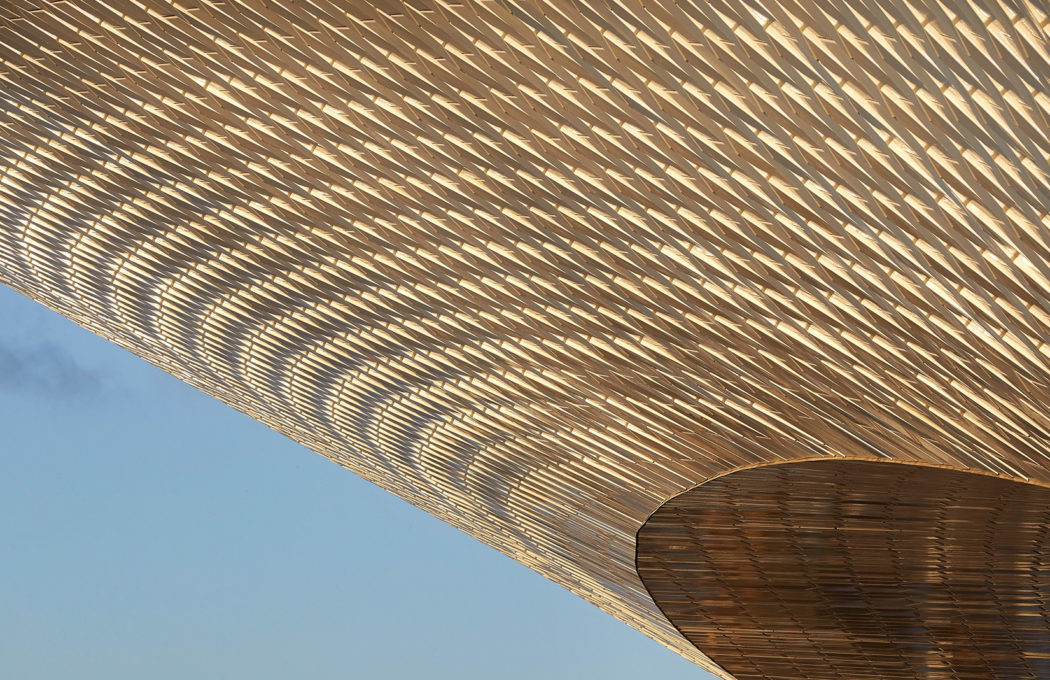
Photography: Hufton + Crow
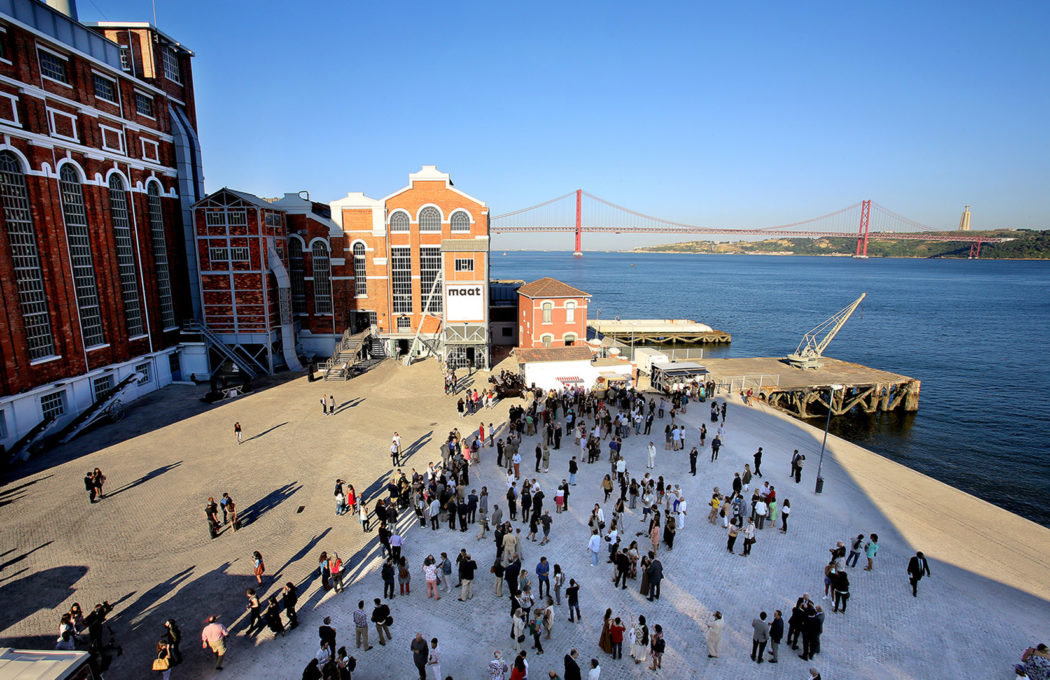
Photography: EDP Foundation
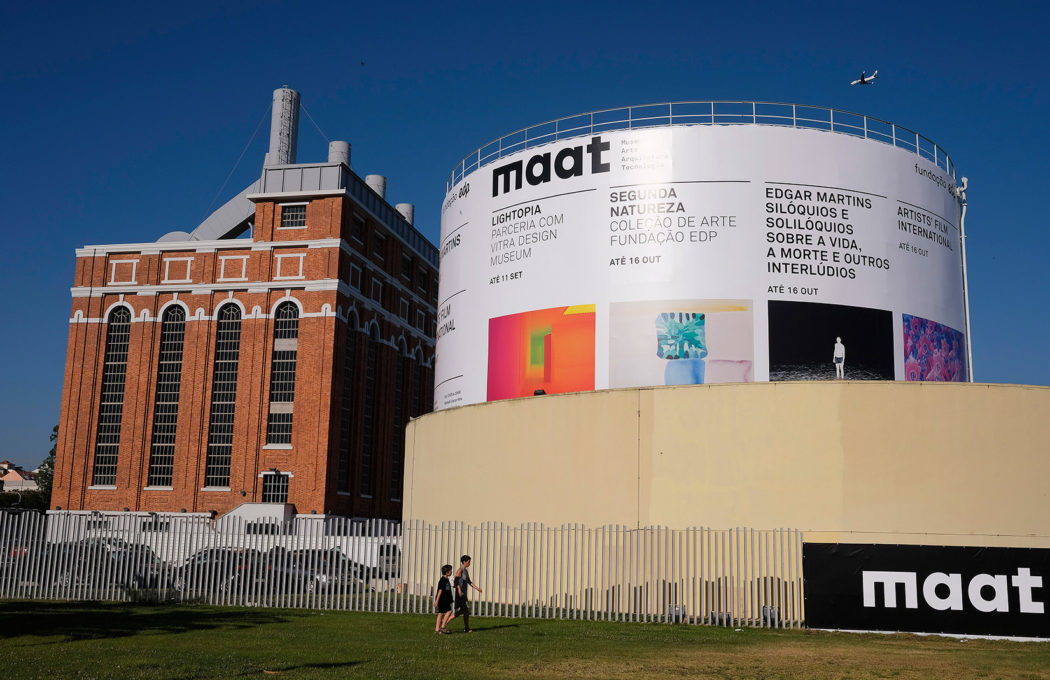
Photography: EDP Foundation
Within, the building is completed by a main gallery, project space and video room. The interior, however, is only part of the story: climb a ramp up from the entrance and you come to the edge of a gently sloping roof, with shallow amphitheatre steps billowing gently out of its surface.
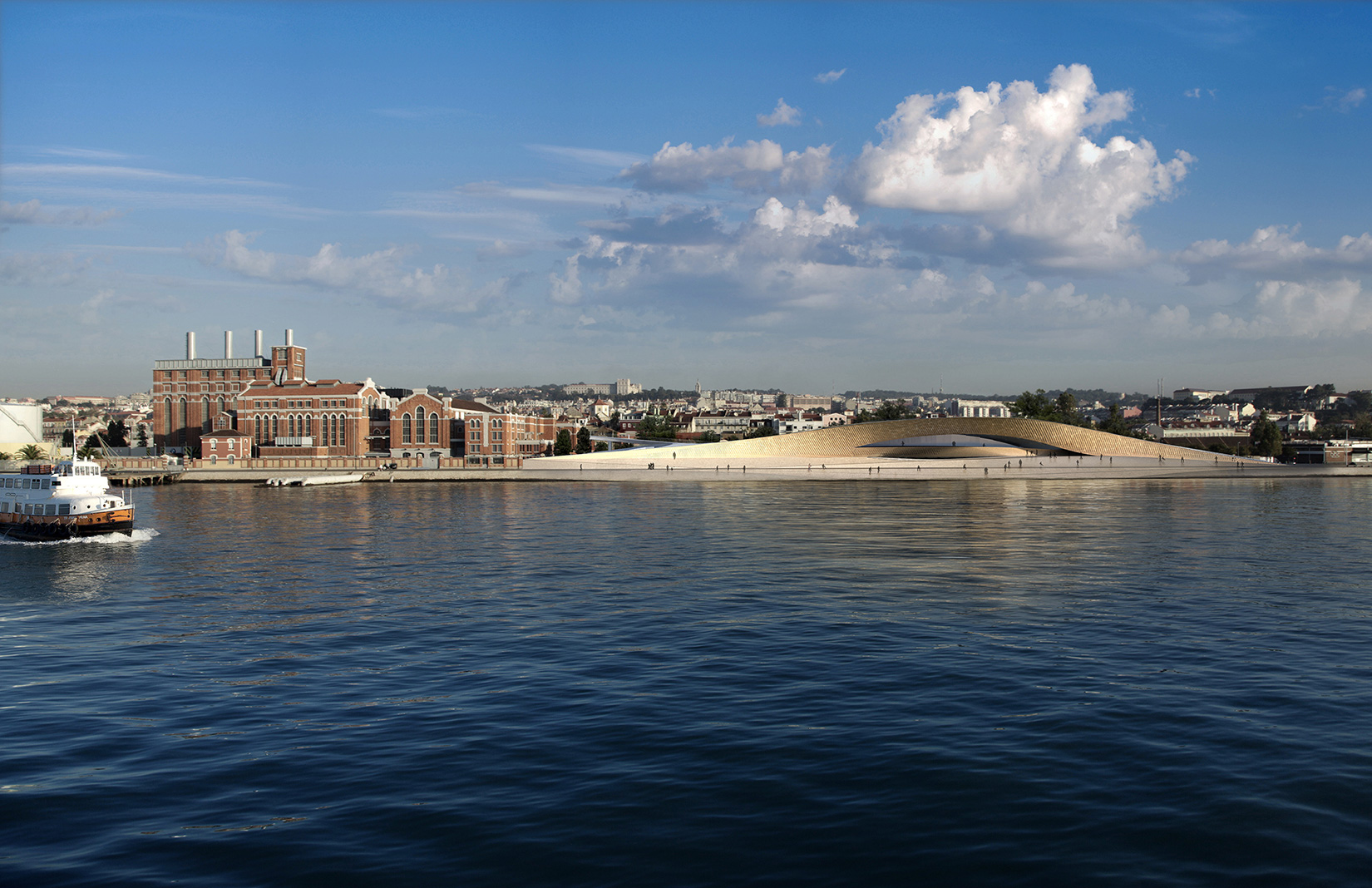
From here, as of March 2017, a narrow footbridge will carry visitors across the road and railway tracks from Belém, and into a new public space for the city. Cinema screenings are planned for summer months, but in the meantime, it should keep Lisbon’s lovers, smokers and skateboarders happy.
MAAT opens to the public on 5 October 2016, coinciding with the launch of the 4th Lisbon Architecture Triennale, which takes over the power station’s courtyard.
Read next: Get to know Lisbon in 15 buildings
